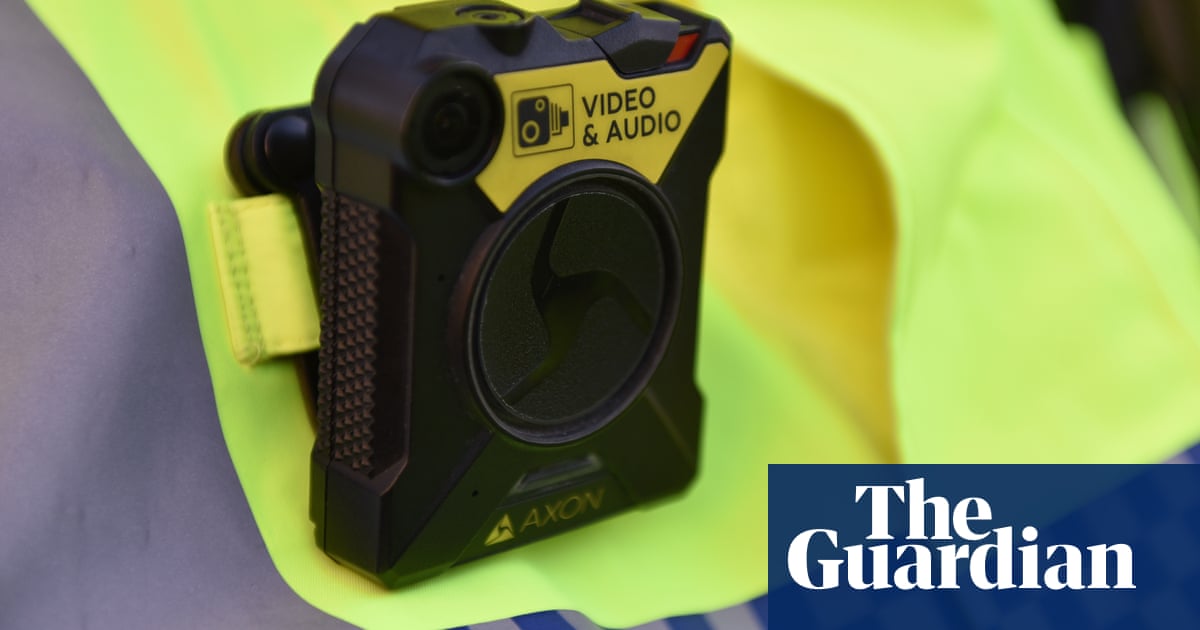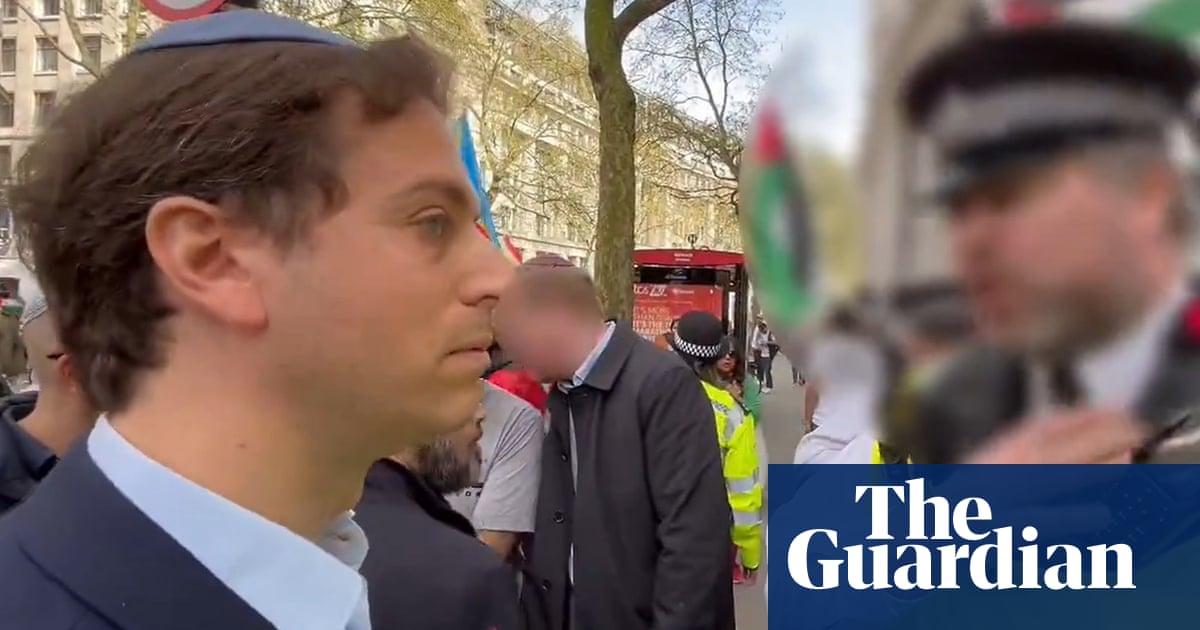
Scotland Yard has decided not to routinely release its own video footage of controversial incidents after internal reviews showed errors by officers, a leaked document reveals.
The Met has been plagued by a flurry of social media videos raising concerns about stop and search, use of force and racial profiling, prompting calls for footage from body-worn video cameras to be made public.
But in an internal memo seen by the Guardian, a senior Metropolitan police chief says incidents captured by cameras worn on officers’ bodies, recorded examples of “poor communication, a lack of patience, [and] a lack of de-escalation before use of force is introduced”.
The memo also states that force used by officers on members of the public could probably have been avoided in some instances.
It was based on reviews of 95 incidents by senior officers and was written by the head of professionalism for the Met, deputy assistant commissioner Matthew Horne.
The internal memo says reviews of body-worn video (BWV) footage showed “exemplary” behaviour but it found “many more examples” which were not, in the judgment of Met senior officers.
The document was meant to explain why the Met was rebuffing calls from within policing for BWV footage to be released, which were made in the belief it would show claims of racism and heavy-handedness triggered by viral videos on social media were unfounded.
The memo shows the Met leadership’s views about the race crisis they have experienced this year was much more nuanced than previously thought. The home secretary, Priti Patel, has also called for the BWV footage to be released.
One of the most controversial incidents involved the stop and search of athlete Bianca Williams during which she and her partner were handcuffed while their baby was in their car. It is now under investigation by the Independent Office for Police Conduct, despite the Met commissioner, Cressida Dick, saying officers were right to carry out the stop.
In a memo sent within the Met on 28 August, Horne explained why footage would not be routinely released, writing: “Whilst we have seen some exemplary BWV of interactions with the public, with high levels of skill, patience and professionalism, we have seen many more examples where although the BWV does not show any conduct issues it shows poor communication, a lack of patience, a lack of de-escalation before use of force is introduced and occasionally poor officer safety decisions.
“We want to be a learning organisation so when poor practice is identified or mistakes made we support people to develop and improve.”
Horne urged officers to communicate more saying it could avoid the need for force to be used. In a section headlined “Comms or cuffs?”, Horne wrote: “Sometimes it appears that had we spoken to people for a little longer or taken the time to explain what we were doing, the situation may not have required force to be used.”
The document shows that the Met was concerned that releasing body-worn video could make things worse: “Release of BWV is highly likely to exacerbate not prevent ‘trial by social media’ and increase media interest in an incident.”
It says: “On its own BWV does not normally address the issue that the viral footage is causing public concern about – such as allegations of racial profiling.”
The document shows there could be exceptions when footage is released, and Horne wrote: “For example: where an incident is causing so much community concern that there is a realistic likelihood of serious disorder or serious injury and it becomes a matter of trust and confidence in policing.
“In such situations releasing footage would counter inaccuracies that may be driving the public reaction, therefore reducing the likelihood of harm through disorder. Another exception may be where BWV is a necessary requirement in a crime appeal … ”
Horne also wrote: “Where BWV shows use of force, although how the force used may be to a text book standard, issuing the footage is unlikely to be reassuring to our communities if the BWV made available, as when seen without the expert understanding of why force and that type of force is used it can exacerbate public concern regarding our tactics.”
Data protection rules are also cited in the documents as a reason for not publishing the footage gathered by police officers.
Katrina Ffrench, of StopWatch, said: “I suspect that if this footage was shown it would illustrate the behaviours that black communities have been speaking about for generations, which is lack of professionalism, rudeness, excessive use of force.
Mohammed Qasim, a visiting research fellow in criminology at the London School of Economics, said: “There is a very real danger that by continuing to block the publication of video footage the Met will exacerbate mistrust amongst black and Asian communities.”
Other exemptions to the Met’s policy of not releasing body-worn video footage include instances where the video conveys “a sense of the overall challenge officers faced” such as footage of a protest or an illegal rave.
The Met said in a statement: “Since 20 June, officers have reviewed 145 police interactions that have featured on social media. Of these, in eight cases were possible conduct matters identified, or was an IOPC referral thought suitable. In the majority of these clips, our officers were found to have been carrying out their job in a professional manner.
“Officers can learn from each and every interaction they have with the public, and they are encouraged to reflect on every incident they handled and identify things that went well or could have been done differently.
“The MPS also provides ongoing training to officers during their careers, including de-escalation skills and alternatives to using force.”











